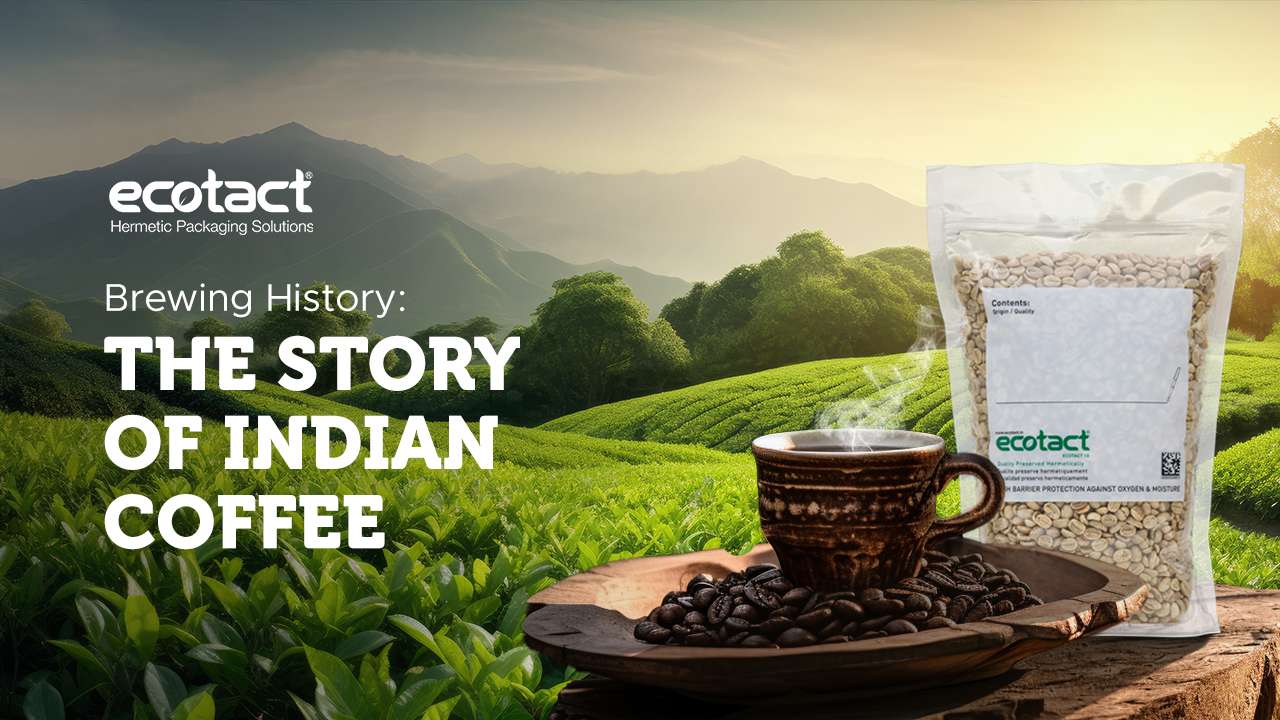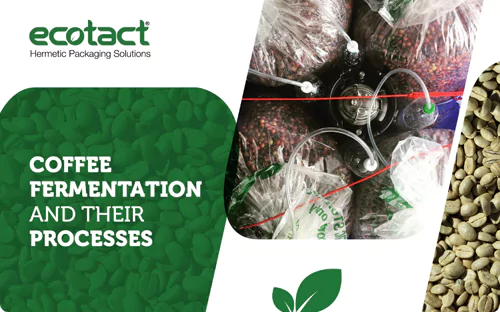Take a comprehensive look at the history of Indian coffee, from its beginnings in the 16th century to its role as a major producer in the world market.
India's coffee heritage is a well-kept secret, often overshadowed by other coffee-producing nations. However, it's a story worth telling. In this blog, we'll embark on a journey to unravel the captivating history of Indian coffee and the distinctive varieties that are an integral part of the country's heritage. To truly appreciate what sets Indian coffee apart, let's delve into how coffee cultivation in India is unique and what makes it stand out.
The Unique Essence of Indian Coffee Cultivation
The story of Indian coffee begins in the 17th century when Baba Budan, a revered Sufi saint, smuggled seven coffee beans from the port city of Mocha in Yemen. He planted these beans in the Chandragiri Hills of Karnataka, India, marking the birth of coffee cultivation in the country. The cool climate and fertile soil of the Western Ghats provided the ideal conditions for coffee to thrive.
Exploring the Distinctive Indian Coffee Varieties
India's coffee heritage is a mosaic of diverse coffee varieties, each offering a unique flavor profile. While there are many varieties to explore, we'll focus on some of the most celebrated and distinctive ones of India:
Monsooned Malabar Coffee:
This uniquely Indian coffee undergoes a distinct curing process that imparts a one-of-a-kind flavor. Carefully handpicked beans are fermented and washed and then exposed to monsoon winds. This process, traditionally practiced in the coastal regions of Karnataka and Kerala, allows the beans to swell, resulting in a mellow, low-acidity flavor with earthy and musty notes. The extended exposure to monsoon winds and humidity during the curing process gives Monsooned Malabar coffee its distinct flavor profile.
Mysore Nuggets Extra Bold (MNEB):
Hailing from the Baba Budan Giri region of Karnataka, this premium coffee variety is celebrated for its large beans and rich, well-balanced flavor. The beans are harvested and processed to remove the outer skin, still covered in their mucilage. They then undergo fermentation, typically lasting around 24 to 48 hours. After thorough washing, the beans are spread out on large drying patios or raised beds to dry. This exposure to sunlight and air for two weeks reduces the moisture content significantly. The result is a full-bodied cup with pleasant acidity and distinctive hints of chocolate and spices.
Robusta Kaapi Royale:
Grown primarily in the Chikmagalur region of Karnataka, the Robusta Kaapi Royale is a top-tier coffee in India made from high-quality Robusta beans. These beans follow a similar processing method as MNEB, resulting in a bold and intense flavor profile with earthy notes, dark chocolate, and a pleasant bitterness. This coffee variety is often used in espresso blends because it provides a rich crema and a strong coffee base.
Araku Valley Coffee:
Found in the picturesque Araku Valley in the Eastern Ghats of Andhra Pradesh, this Arabica coffee stands out for its bright acidity, delicate floral and citrusy notes, and clean, refreshing finish. The region's unique microclimate, ranging from 900 to 1,100 meters above sea level, provides favorable conditions for growing high-quality coffee. The most common processing methods used in Araku Valley include the washed (wet) and natural (dry) processes, with the processed beans sun-dried for several weeks. The result is a coffee that showcases the region's rich biodiversity and sustainable farming practices.
Celebrating India's Unique Coffee Heritage with Ecotact
The story of Indian coffee is a testament to its enduring appeal and rich history. Sustainable green coffee packaging, such as Ecotact's offerings, becomes the guardian of this heritage, ensuring that the allure of an Indian coffee cup remains untarnished for generations to come. As we celebrate the remarkable journey of Indian coffee, let us raise our cups to a future where sustainable practices like eco-friendly packaging allow us to enjoy its flavors while preserving the environment. Together, we can savor the essence of Indian coffee and protect the lush origins that have graced our cups with taste and aroma.
 English
English
 Spanish
Spanish French
French


